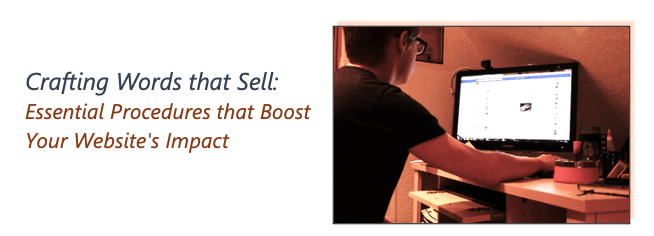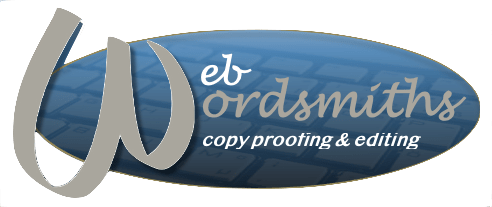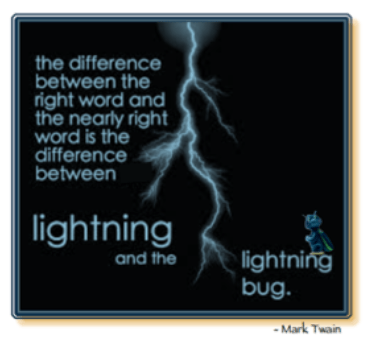
The role of a website copywriter is to ensure that the written content is engaging and gets results. Utilizing the following copywriting strategies will help you increase your website’s visitor traffic and create a motivating message.
- Know who your audience is: Stay attuned to new relevant things you may learn about them. With your product or service in mind, consider the extent of their pre-knowledge and focus your writing on their needs and preferences. Adjust your word choices and tone to engage their attention. You want them to find you as an easily understood source that answers their questions and provides what they need.
- Sharpen search engine optimization (SEO): Research related keywords (words used by Internet users to find products like yours) and integrate them suitably into your content. However, overstuffing keywords can reduce the quality and clarity of your message and cause visitors to leave. A carefully conceived H1 tag can optimize traffic. Your initial goals are to channel potential customers to your website and optimize the user experience. If you need SEO help, consider using an SEO-savvy website copy editor.
- Create an engaging headline: Grab the visitor’s attention with a headline that concisely conveys your primary message. Include your focus keyword or phrase and the most prominent benefit(s) or solution(s) of your product or service.
- Prioritize benefits over features: While you certainly need to highlight the uniqueness of your product or service, emphasize the benefits it provides to motivate potential customers. Consider what basic need the visitors may have that has brought them to your website. Explain how they can expect your product or service to solve their problem or need.
- Be concise: In today’s fast-paced cyber world, attention spans are generally short. Make it easy for readers to scan and absorb your information. Strive to use sentences of 20 words or less and three-sentence paragraphs. Keep it short and focused. Use subheadings, bullet points, or lists to break up large paragraphs.
- Use clear, straightforward language: Unless your visitors are familiar with the jargon, avoid losing them with technical terms and unfamiliar acronyms and cliches. Make it easy to understand using standard vocabulary. Your goal is to communicate effectively to get results.
- Develop a unique tone: Create a distinct brand voice that reflects your business’s personality and values and use it consistently to build recognition. Inject friendliness and genuine concern into your tone.
- Show rather than tell: Provide evidence to support your claims. Using vivid, animated language, present real-life results and solutions. Testimonials exhibit the effective solutions your business has provided satisfied customers. As you emphasize the effectiveness and value of your product or service, it will show what sets your business apart from competitors.
- Include a strong call to action (CTA): Be clear about what action you want your visitors to take next. Use persuasive verbs to motivate immediate response. While you want the visitor to buy, your call to action also might be an informative or helpful download relating to your product or service. Getting an email address enables you to follow up with visitors whether purchase right away or just download the information. Useful content can create customer appreciation and put you at the forefront of a future business relationship.
- Proofread carefully and edit for clarity: Well-written, error-free copy conveys professionalism and attention to detail. Check for grammatical errors, typos, and inconsistencies. Make time for revision to ensure that your writing flows logically and smoothly. Consider using online proofreading tools or enlisting a professional website copy editor to assure your copy’s accuracy, clarity, and effectiveness.
- Test and refine: Monitor your website performance, track user engagement, and gather feedback. Evaluate the effectiveness of your messaging and make adjustments based on your findings. If this SEO aspect seems a bit overwhelming, you are not alone. An SEO-savvy copy editor can help you evaluate your website’s SEO performance and optimize your effectiveness on the Internet.
Effective copywriting is the result of practice. These procedures help you create website content that engages your visitors and brings the positive results you want.


